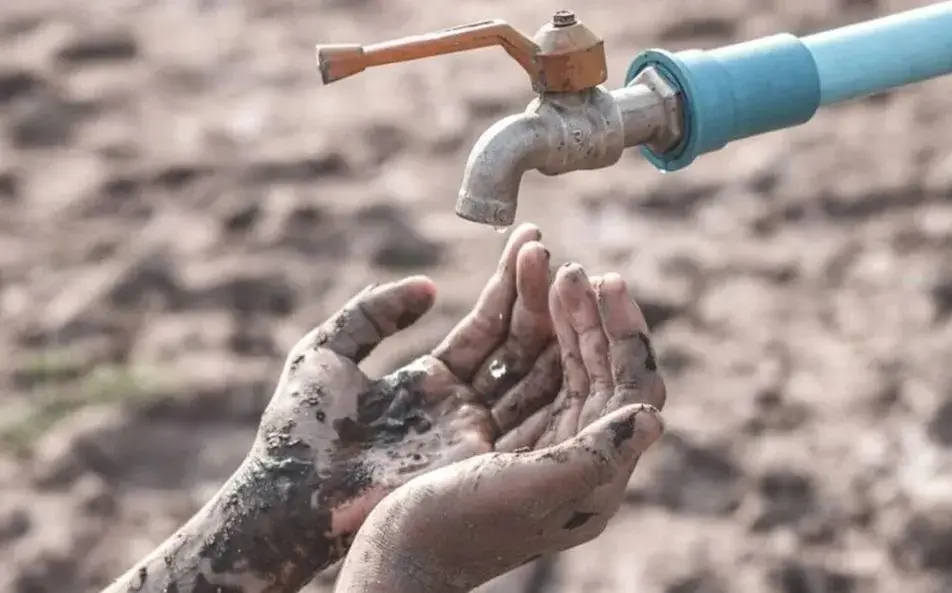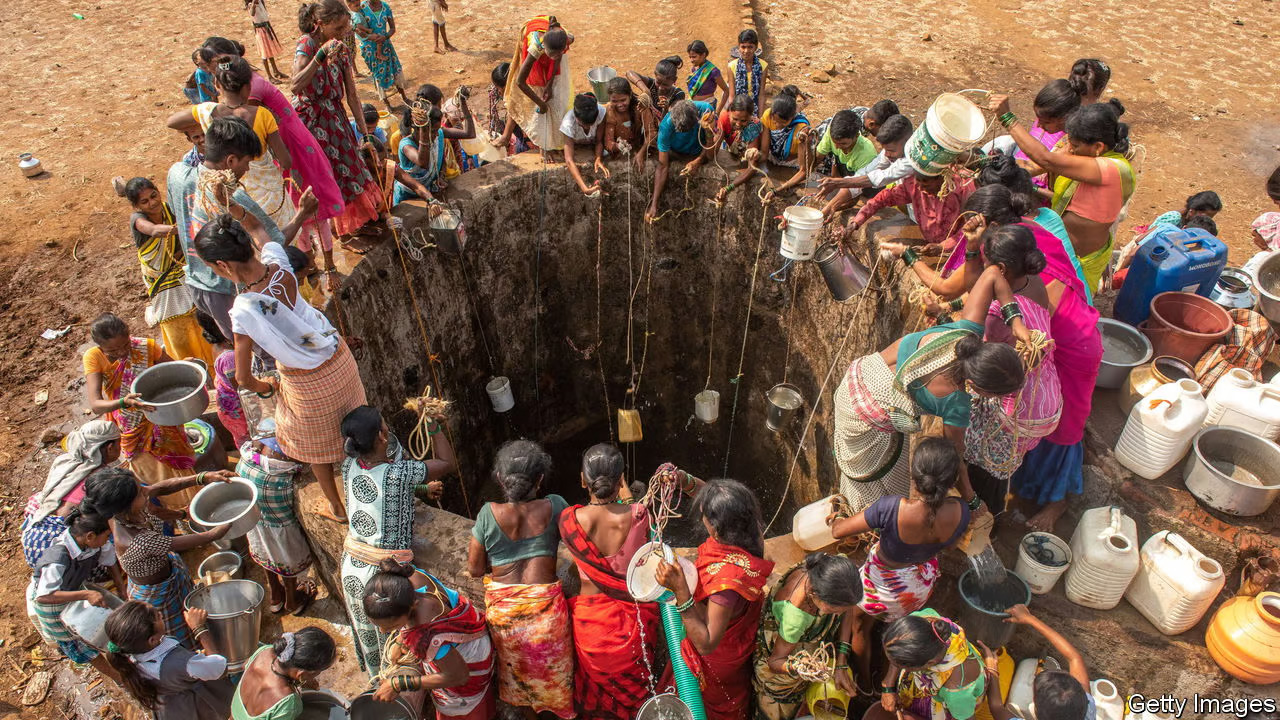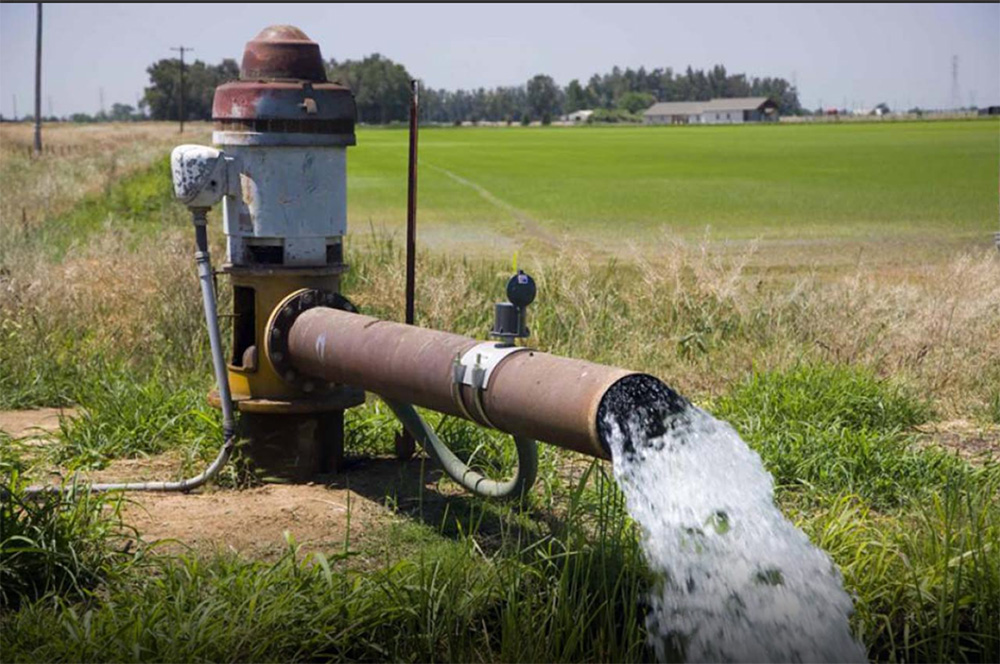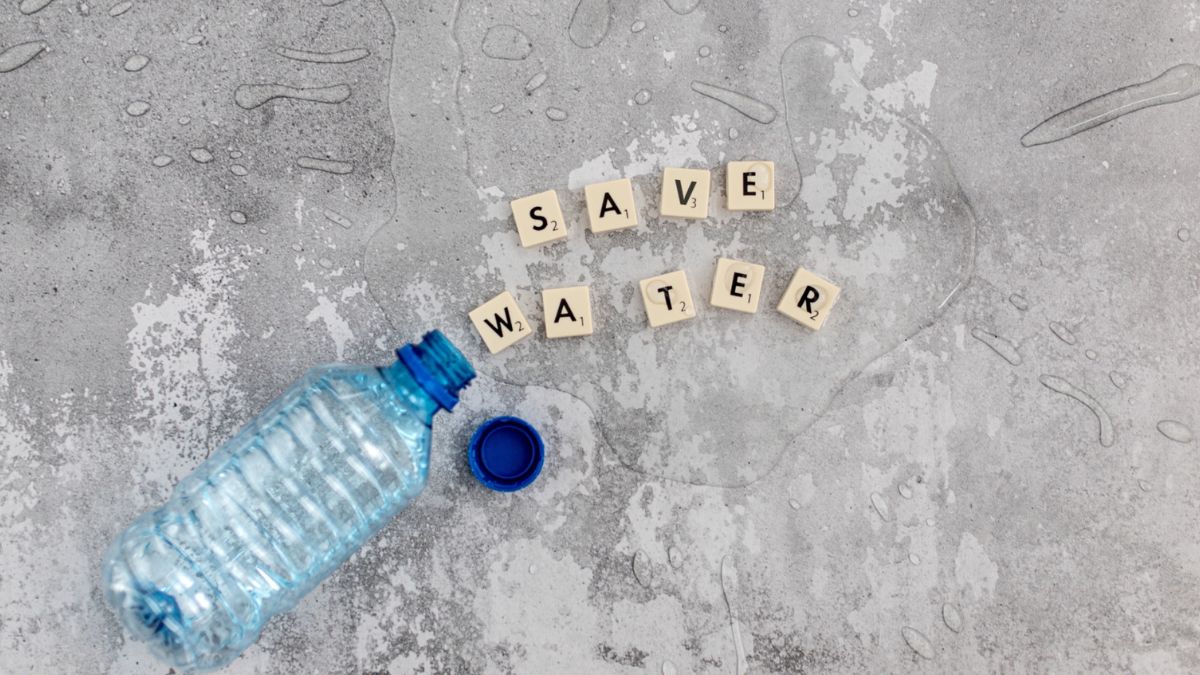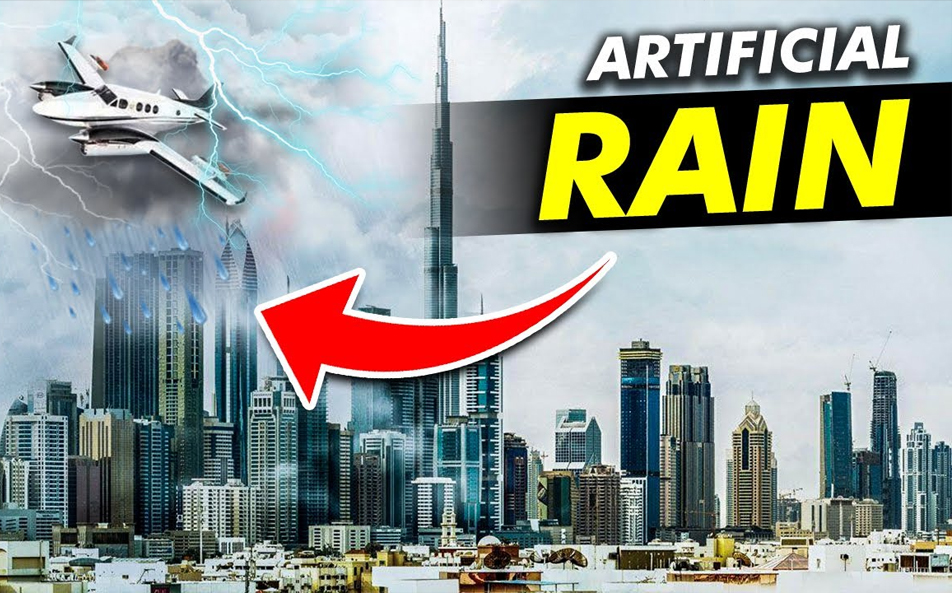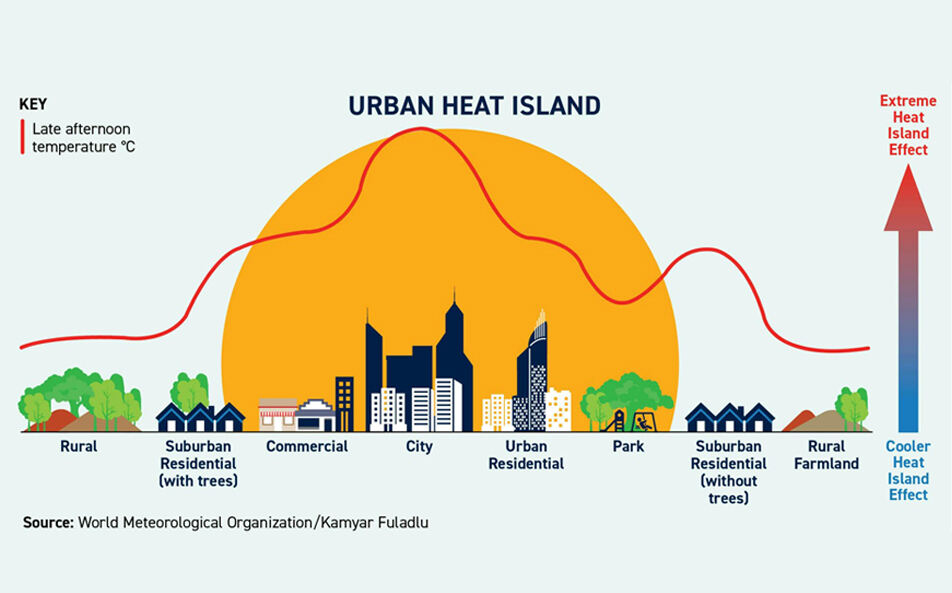
The United Indian

Did you know?
Residents of Bengaluru are facing a severe water crisis, with many queuing up outside RO water plants to secure essential water supply?
There has been depletion of groundwater of over 3,000 borewells which has added to the challenges!
India, a country recognized for its colorful culture, historical treasures, and natural beauty, is also facing a huge challenge: water scarcity. Water, the elixir of life, supports ecosystems, agriculture, industry, and human life. Despite India’s monsoons and rivers, we are still experiencing a severe water problem. Rapid urbanization, population development, industrial expansion, and climate change all worsen the situation.
This issue jeopardizes the well-being of millions and casts doubt on the country's destiny. Let's look at the complexities of India's water dilemma, including its causes, repercussions, and potential solutions.
The Current State of Water in India
India accounts for a significant portion of the world's population, yet it possesses only 4% of global freshwater resources. Per capita availability of water is declining rapidly, from 5,177 cubic meters in 1951 to 1,545 cubic meters in 2011. According to the NITI Aayog, 600 million Indians face high to extreme water stress, and 75% of households do not have access to drinking water on premises.
A Perfect Storm: Causes of Water Scarcity
India's water crisis is a confluence of several factors:
• Growing demand: India's population is projected to reach 1.5 billion by 2030. This translates into a growing demand for water for drinking, sanitation, agriculture, and manufacturing.
• Unregulated groundwater exploitation has caused a significant decrease in water tables over decades. Subsidies for power used in pumping, along with a lack of awareness about sustainable water management, have worsened the problem.
• Climate change disrupts the natural water cycle by causing irregular rainfall patterns, rising temperatures, and melting glaciers, affecting river flows and groundwater recharge.
• Pollution: Industrial waste and agricultural runoff poison rivers, lakes, and aquifers, making them unsuitable for consumption or irrigation.
• Poor infrastructure, including leaking pipelines, insufficient storage, and inefficient irrigation systems, causes severe water loss.
Out of its population of 1.4 billion people, 35 million people lack access to safe water and 678 million people lack access to a safe toilet. Current challenges include extreme water stress, contaminated surface water and lack of access to piped water supply. The effects from climate change like droughts and rising sea levels also affect access to safe water and sanitation for families in India.
These factors, combined with the current initiative by the Government of India to provide tap water connections to every household by 2024, have created unprecedented urgency to implement effective solutions to increase access to safe water and sanitation.
The Ripple Effect: Consequences of Water Scarcity
The water crisis has severe consequences for India's social and economic fabric:
• Millions lack access to safe drinking water, increasing the risk of waterborne diseases such as diarrhea, cholera, and typhoid. Children are especially vulnerable.
• Water scarcity negatively impacts India's agriculture sector, which is crucial to the country's economy. Reduced crop yields and agricultural land degradation jeopardize food security for the country's expanding population.
• Water scarcity in India affects farmers' livelihoods. Migration to urban areas in pursuit of work puts further demand on already limited resources.
• Social Conflict: Competition for limited water supplies can cause tensions and conflicts among communities and states.
Looking Ahead: Potential Solutions
Water scarcity in India is a significant challenge that requires a multifaceted approach for effective solutions. Here are several potential solutions:
- Water Conservation and Management:
- Implement water conservation techniques such as rainwater harvesting, groundwater recharge, and watershed management.
- Encourage efficient water use in agriculture through practices like drip irrigation, sprinkler irrigation, and laser leveling of fields.
- Promote water-saving technologies in industries and households, such as low-flow faucets, dual-flush toilets, and water-efficient appliances.
- Improving Irrigation Practices:
- Upgrade irrigation infrastructure to minimize water wastage and improve water distribution efficiency.
- Encourage farmers to shift from water-intensive crops to less water-demanding or drought-resistant crops.
- Provide training and support for farmers in adopting modern irrigation techniques and sustainable farming practices.
- Groundwater Management:
- Regulate groundwater extraction through the enforcement of water usage laws and the implementation of groundwater recharge programs.
- Promote community-based groundwater management initiatives to ensure sustainable use and equitable distribution of groundwater resources.
- Conduct aquifer mapping and monitoring to assess groundwater levels and quality accurately.
- Water Recycling and Reuse:
- Invest in wastewater treatment facilities to recycle and reuse wastewater for non-potable purposes like irrigation, industrial processes, and landscaping.
- Implement decentralized wastewater treatment systems in urban and rural areas to reduce the strain on freshwater sources.
- A desperate attempt to promote and implement Rain Water harvesting as a common practice throughout the country.
- Promoting Public Awareness and Education:
- Raise awareness among the public about the importance of water conservation and the consequences of water wastage.
- Educate communities about sustainable water management practices and encourage citizen participation in water conservation efforts.
- Policy Interventions:
- Formulate and enforce comprehensive water management policies at the national, state, and local levels to address water scarcity effectively.
- Implement pricing mechanisms and incentives to encourage water conservation and discourage wasteful water use.
- Develop integrated water resource management plans that consider the needs of various sectors and prioritize the allocation of water resources.
- Investment in Infrastructure:
- Invest in the construction and maintenance of water storage facilities such as dams, reservoirs, and water tanks to enhance water availability during dry seasons.
- Improve the efficiency and reliability of water supply systems through upgrades and repairs of aging infrastructure.
- Research and Innovation:
- Support research and innovation in water-saving technologies, drought-resistant crops, and alternative water sources such as desalination and fog harvesting.
- Foster collaboration between government, academia, and the private sector to develop sustainable solutions to water scarcity challenges.
Though water, sanitation and hygiene (WASH) policies are gender-sensitive in their design and planning, they fail to measure the gendered impact of the policy. Most evidence available is anecdotal, and there is no quantitative data or monitoring to substantiate how the policy stands to bridge the gender gap.
A vision for future impact in India
India's water issue is a national emergency requiring prompt and coordinated action. The government, civil society organizations, and ordinary citizens all have a role to play. We can help India achieve a water-secure future by implementing water-saving habits, supporting sustainable water management projects, and keeping authorities responsible.
In addition to household-level work, it is also important to continue playing a catalytic role in developing financial solutions at the community level, including programs that help water enterprises, infrastructure, and utility services expand their services for people in need.
It’s crucial to continue to partner closely with key multilateral development finance institutions and government partners in India, such as the Ministry of Drinking Water and Sanitation's Swachh Bharat Mission and Jal Jeevan Mission, UNICEF, the World Bank, WaterAid, and local organizations for the development of the country.
Through these partnerships, we are working to influence public policy and practice changes that make more funds available for water and sanitation solutions across the country.
The Road Ahead
India's water crisis is a complex challenge, but it is not insurmountable. By implementing a combination of solutions, promoting responsible water use, and fostering innovation, India can overcome this crisis and ensure a sustainable water future for generations to come.
As we stand at the precipice of an impending water crisis, the need for concerted action has never been more urgent. Governments, NGOs, businesses, and individuals must come together to chart a path towards water security. From policy reforms and technological innovations to grassroots activism and community empowerment, every action counts in the fight against India's water crisis. Together, we can turn the tide and ensure a future where water is not a privilege but a fundamental human right.
Conclusion
The water crisis in India is a wake-up call for us all. It's a stark reminder of the fragility of our natural resources and the urgent need for sustainable solutions. As we confront this existential threat, let us harness the power of collective action and innovation to secure a water-secure future for generations to come. The time to act is now, for water is not just a source of life but a lifeline for our nation's future prosperity and well-being.
Yes, all of these adjustments are long-term in nature, but a problem of this magnitude will not be resolved with lip service and short-term solutions. Despite the formidable nature of the aims, they are not impossible. India is still a developing society, and there is yet time to rectify a disaster that has been building for decades. Given the appropriate commitment and devotion, India will soon have safe, clean water!
Read more in Environment
May 27, 2025
TUI Staff
May 27, 2025
TUI Staff

Stay Tuned with The United Indian!
Our news blog is dedicated to sharing valuable and pertinent content for Indian citizens. Our blog news covering a wide range of categories including technology, environment, government & economy ensures that you stay informed about the topics that matter most. Follow The United Indian to never miss out on the latest trending news in India.
©The United Indian 2024

